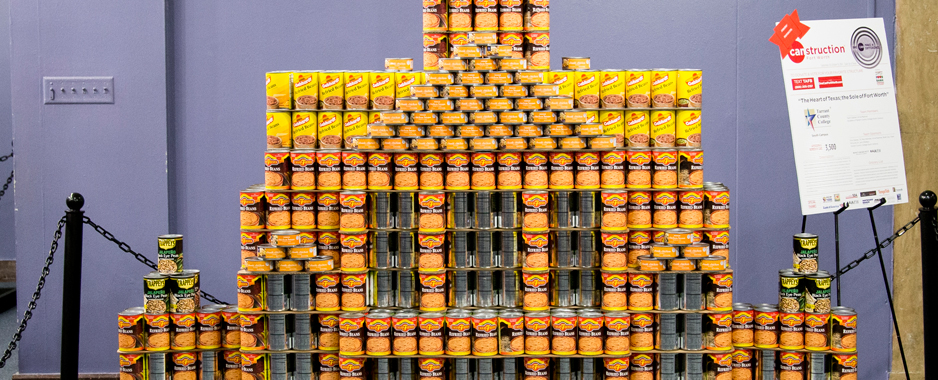A bright azure sky frames a tall, mountain-like temple that cascades to the earth like steps coming down from heaven.
This ancient structure is one of the many reminders of the levels of the universe present in all indigenous Mesoamerican arts, the horizontal layers of heaven, earth and death. These motifs are repeated even into traditional clothing fabrics.
Maria del Rosario Ramirez Martinez visited SE Campus Sept. 23 to discuss the symbolism of traditional Mesoamerican textiles. Everything about the fabric, from the colors and images to the location of where it was woven, symbolizes the connection between the three layers and the people, said Martinez speaking in Spanish through a translator.
The first layer, heaven, contains the sky, moon, sun and stars. It is represented by eagles and feathers. The second layer is Earth, which holds the land, water, plants and animals. Death, the final layer, is represented by snakes, skulls and scorpions. Death is not a wholly negative layer because in death lies rebirth, Martinez said.
Indigenous Mesoamerican culture uses the colors of red and white as protection. Many patterns include symmetrical flowers symbolic of balance between the layers, she said.
The looms these fabrics are woven on are anchored by trees. Martinez said trees are seen as a bridge between all three layers. Their branches reach up to heaven, their trunks are on earth and their roots reach down into death.
The textiles are not solely spiritual either, she said. They are a matter of social pride. Even the poorest villagers in Mexico dress in colorful, ornate outfits, Martinez said. The clothes are a sign of respect for oneself, one’s society and one’s culture and tradition.
—Angela Barajas

























